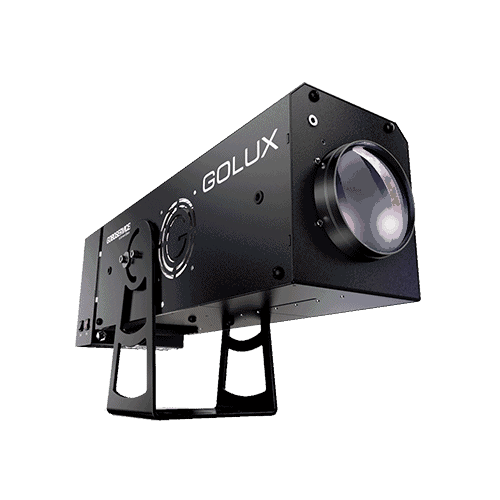Discharge lamps need auxiliary electronics for supplying the correct voltages of ignition, and for regulating the electric flow inside the bulb during normal operation.
The ballast takes care of all of this because:
• at the beginning it works as a starter for the voltaic arc, supplying an high-voltage impulse (1-5 kV peak during ignition phase);
• later, it works as a limiter/regulator of the electric flow inside the circuit.
A ballast is necessary in fixtures that have a negative differential of resistance as far as feeding. Examples of them are discharge lamps, in which the electric resistance goes down as the current flow passing inside it increases, and so a still greater flow of current is produced within the lamp. If this kind of device is connected to a constant-voltage electricity source, it would absorb an always increasing amount of energy, till self-destructing. The ballast supplies a positive differential of resistance that stabilizes the current flow inside the bulb to an appropriate level.
Ballasts can also be used to reduce the electric flow in a normal positive-resistance circuit, such as LED lamps. Although LED-based lighting fixtures have a positive differential of resistance, they cannot regulate their energy consumption when they are connected to a controlled-voltage power supply, which forces using a ballast to control the electric flow through the LED.
In the past, besides the two electrodes the electric arc is formed between, some lamps had a third electrode that gave the starting impulse when the lamp is ignited. If there was no third electrode, the high-voltage starting impulse was generated by a starter which heated the lamp electrodes until an approximately 1000°C temperature, causing an electric discharge and the ionization of gases, until the lamp’s complete ignition.
More recently, electronic ballasts (see below), have made the use of starters not necessary.
Besides a starter, the lighting fixtures of the past had the (widespread) magnetic ballasts, while in the last decade electronic ballasts have become more popular and affordable. Magnetic ballast were simpler and cheaper than electronic ones, but much more cumbersome and heavy. Moreover they emitted a slight buzz and made the light beam blink. Finally, they needed a separate starter that pre-heated the lamp’s connectors for 1 second before the effective ignition.
Electronic ballasts use solid-state circuitry to transform the frequency from the residential standard to a frequency of 20.000 or more Hz’s, eliminating any blinking in the lamp’s beam. Electronic ballasts are more precise than magnetic ones and include the starter inside a single housing. Also, compared to magnetic ones, electronic ballasts give energy saving and maintenance costs reductions, producing up to 40% of lumen/watt as much, increasing the lamp’s life and generating less heat.
Finally, digital ballasts are being used: they have a microchip for controlling and regulating HID lamps. Their firmware has some control algorithms for supplying the correct impulse at the beginning during the lamp’s ignition and the necessary electric flow during the normal operation.


